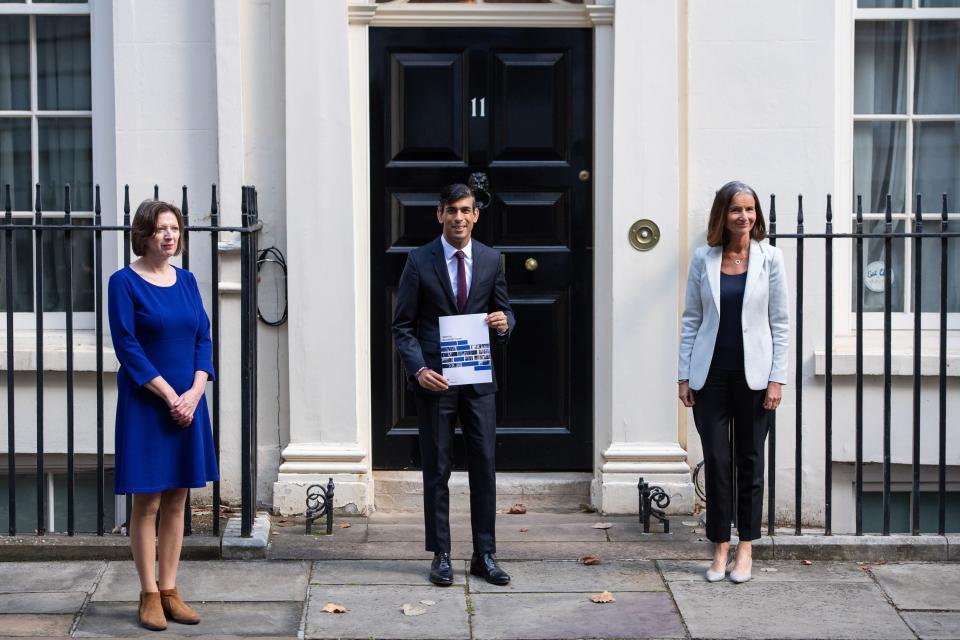Will Rishi Sunak’s new job support scheme be enough to avert mass unemployment?

Whatever you do, don’t call it an extension. Having insisted for months that the furlough scheme would end in November come what may Rishi Sunak was never going to stand up in the House of Commons to announce a simple roll-over of the emergency jobs support established earlier this year.
That’s not the way politics works.
But is the distinction between the chancellor’s new “Jobs Support Scheme” announced on Thursday and the “Job Retention Scheme” really that large?
In some ways the answer is no. Changes to the furlough scheme since August had already required employers to make a rising contribution to the wages of furloughed workers.
Any objective observer asked to place this new scheme on a policy continuum between what the chancellor unveiled in July – a £1,000 bonus for each returned worker – and furlough would put it much closer to furlough.
To that extent Labour’s shadow chancellor, Anneliese Dodds, is justified in saying that the Chancellor has U-turned.
Yet there are material differences between this and furlough.
The level of support from the state to the payrolls of eligible companies is significantly lower. Under the new programme, the government’s maximum contribution to a worker’s wages falls to 22 per cent, down from 60 per cent under furlough. And only employees who are working at least a third of their normal hours will be eligible.
The important question is of course whether it succeeds in stemming a steep rise in unemployment over the winter.
Even before the latest restrictions official forecasts were projecting a possibility of joblessness shooting up to 4 million by early next year as the furlough scheme ended. Will the new system help avert such a disaster for the jobs market? The answer is that it’s impossible to know for sure.
The new wage subsidy might persuade managers, facing downsizing decisions, to wait until the economic outlook is clearer.
The extension and rolling over of the business loan support also announced by the Chancellor will probably help on that front.
But other employers might look at the size of the financial support on offer from November – and the considerably darkened economic outlook – and decide that holding onto workers who they can’t employ full time would simply be to delay the inevitable.
The sad fact is that many employers will have already made their decisions, having started their redundancy consultation processes in recent weeks.
It’s pretty hard to see how this scheme would make a material difference to employers’ decisions in the event of another national lockdown, which ministers have warned might be needed if the spread of the virus is not arrested by the new measures implemented this week. If the Treasury has a plan to protect jobs in those circumstances it’s keeping it very well hidden.
But that might be overly pessimistic. There’s some evidence that new coronavirus infection cases in Spain and France, which have been a few weeks ahead of the UK on the curve of this second wave of the epidemic, are slowing. Good news on a vaccine might arrive and brighten the economic outlook.
And the fact that the new short-time working scheme has the broad support of the trade unions and the business lobby groups – and seems to have been designed with their input, as was the original furlough scheme – is a hopeful sign. Such groups are almost certainly closer to the thinking of decision makers than ministers and Whitehall civil servants.
Yet the bottom line is that the outlook on the employment is as clouded and uncertain as that future of the pandemic.
The proof of this wage subsidy pudding will be in the eating this winter.
Read more
Job Support Scheme: Rishi Sunak announces plan to top up wages of workers on reduced hours

 Yahoo Finance
Yahoo Finance 